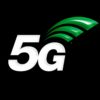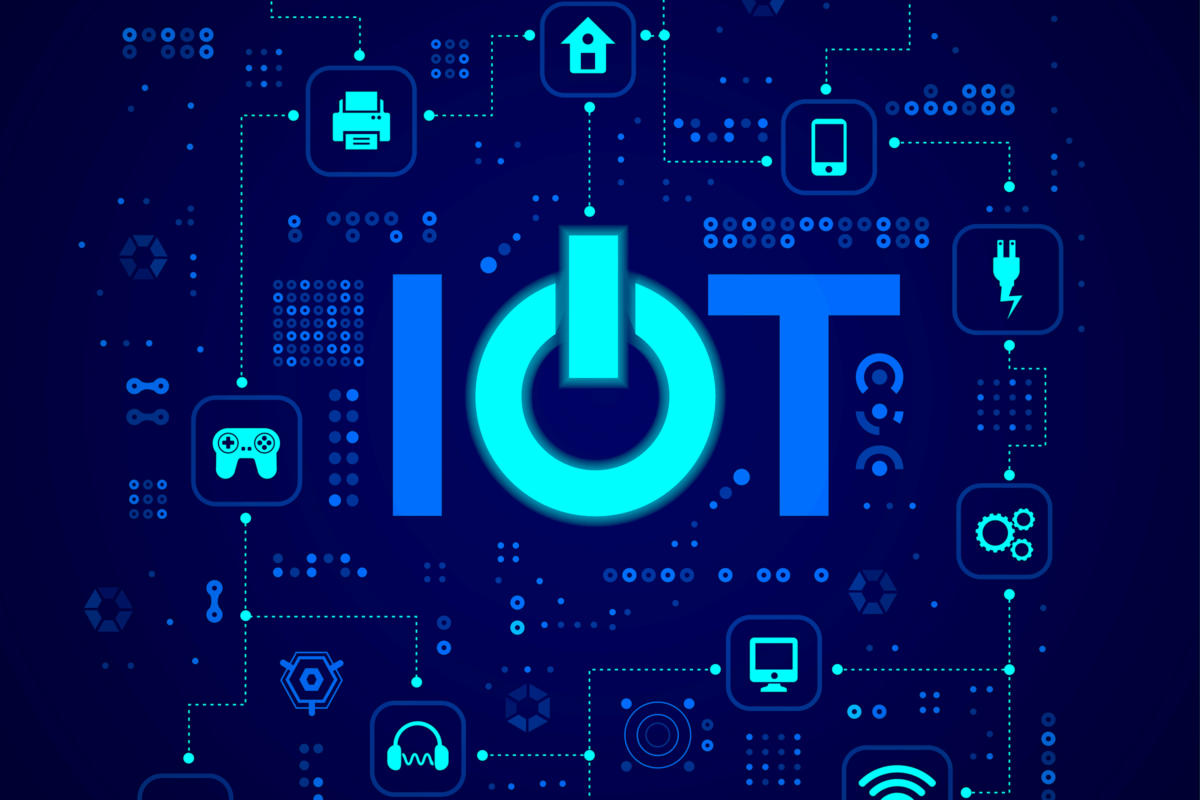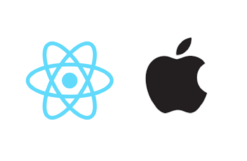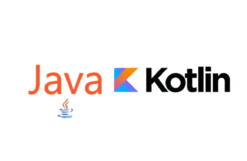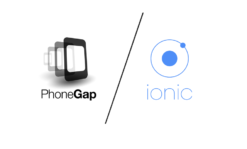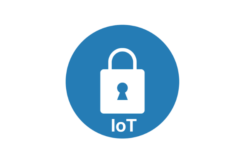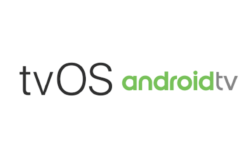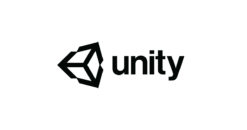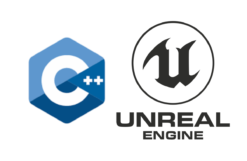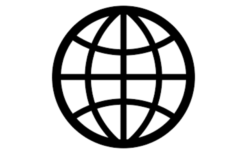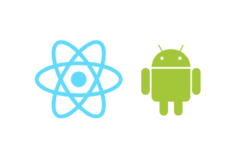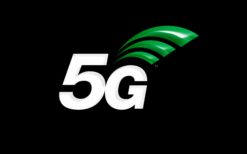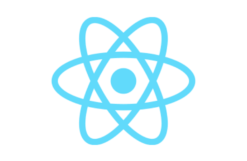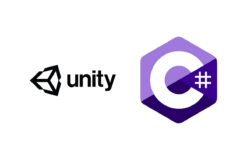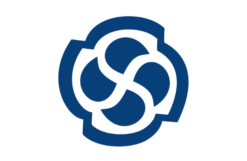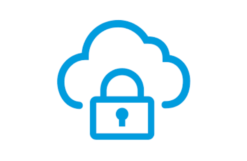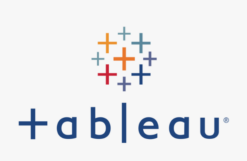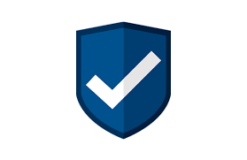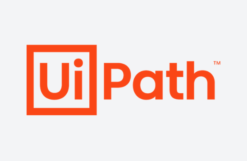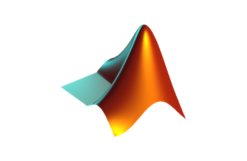Course Overview:
IOT brings together knowledge previously available only in white papers, standards documents, and other hard-to-find sources—or nowhere at all. The authors begin with a high-level overview of IoT and introduce key concepts needed to successfully design IoT solutions.
Course Objectives:
- Introduction to IoT and its relation to cloud computing.
- IoT Fundamentals and open source cloud platform to store data.
- Using Arduino, Node MCU for developing prototypes.
- Connect your device to the cloud
- Sensors and Actuators
- MQTT protocol
- Hosting your own server on AWS
- Hands-on exercises on the various use cases
Pre-requisites:
- Participants should preferably have prior experience with C Language and be able to understand the logic. There would be physical hardware involved so basic physics concepts are also expected. A basic understanding of cloud platforms will be a plus.
Target Audience:
- Technology Enthusiastic
- Home Automation seeker
- Software Engineers
Course Duration:
- 21 hours – 3 days
Course Content:
Day 1: Introduction & Getting Started with Arduino
- Introduction to the Internet of Things.
- The Internet of Things.
- The Basics of Sensors & Actuators.
- Introduction to Cloud Computing.
- The Arduino Platform.
- The Arduino Open-Microcontroller Platform.
- Arduino Basics. Arduino Board Layout & Architecture.
- Hands-on Arduino.
- Interfacing and configuration of LED, Buzzer and switches.
- Working with digital pins.
- Working with analog pins.
- Configuring ADC, potentiometers, serial communication, I2C interface for display.
Day 2: Introduction to ESP8266 and Node MCU
- ESP8266 and Node MCU.
- Node MCU Configuration.
- Using Arduino IDE for coding NodeMCU.
- Node MCU, Sensor, Actuator and Communication module interfacing HTML basics, HTTP protocol concepts.
- Hands-on Node MCU.
- Sensors and actuators interfacing.
- Moisture, Light, Flame, Temperature & Humidity, IR, PIR, Gas, Piezo Vibration, and Sound sensors, 3 axis accelerometers Actuators, GPS/GSM interfacing with Node MCU.
- Configuring Node MCU as local webserver.
- Web server using Node MCU.
- Server / Client model configuration.
Day 3: Establish Cloud connections using MQTT protocol.
- Introduction to MQTT & Communication protocol for IoT.
- Understanding MQTT.
- Difference between HTTP & MQTT.
- Understanding MQTT Broker.
- Understating Publish & Subscribe Methods.
- Hands-on MQTT and NodeMCU.
- Analyzing sensor data and controlling actuators using HTTP protocol remotely.
- Connect NodeMCU to the cloud.
- Data stream through Firebase and NodeMCU.
Course Customization Options
To request a customized training for this course, please contact us to arrange.

